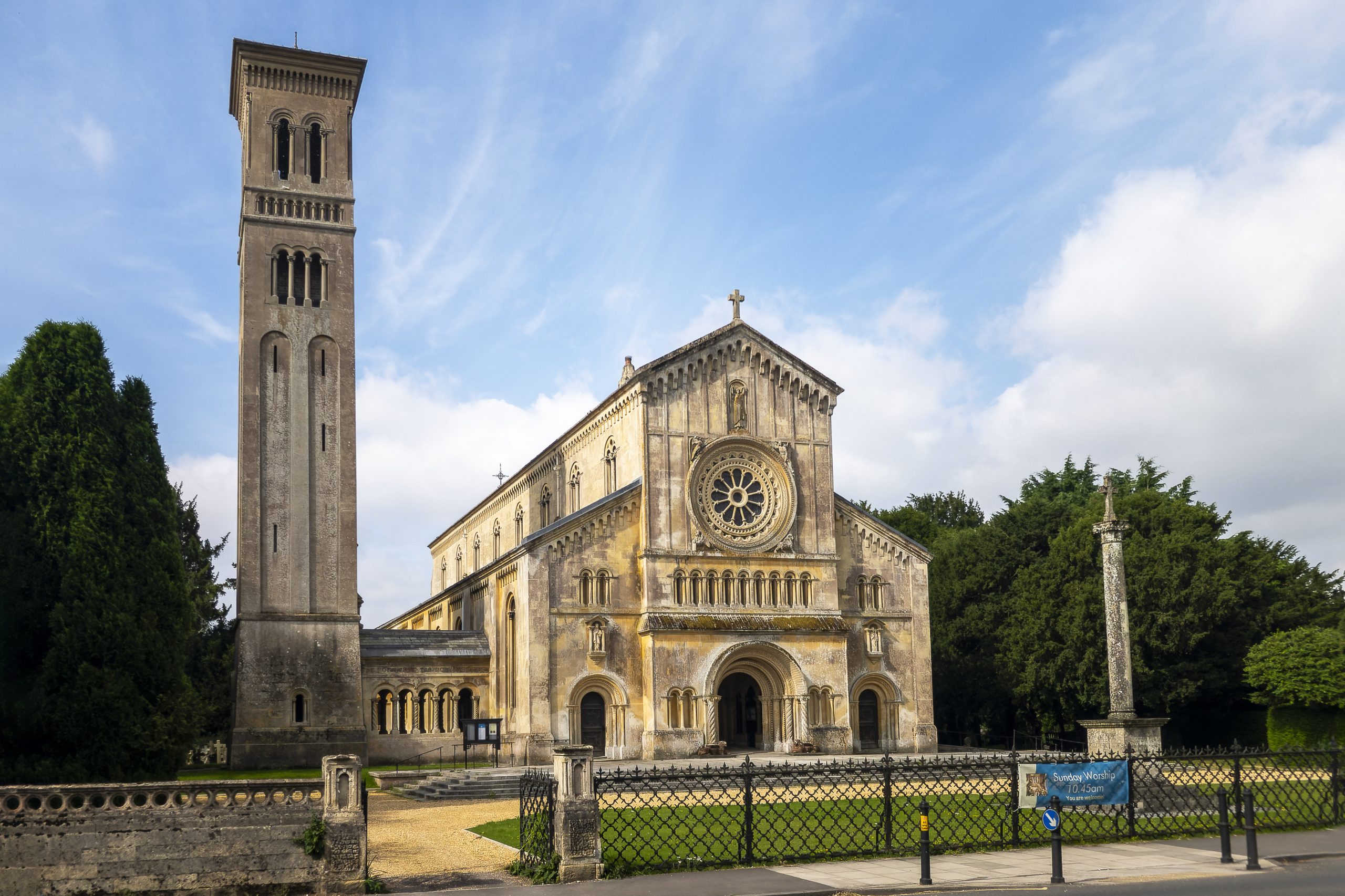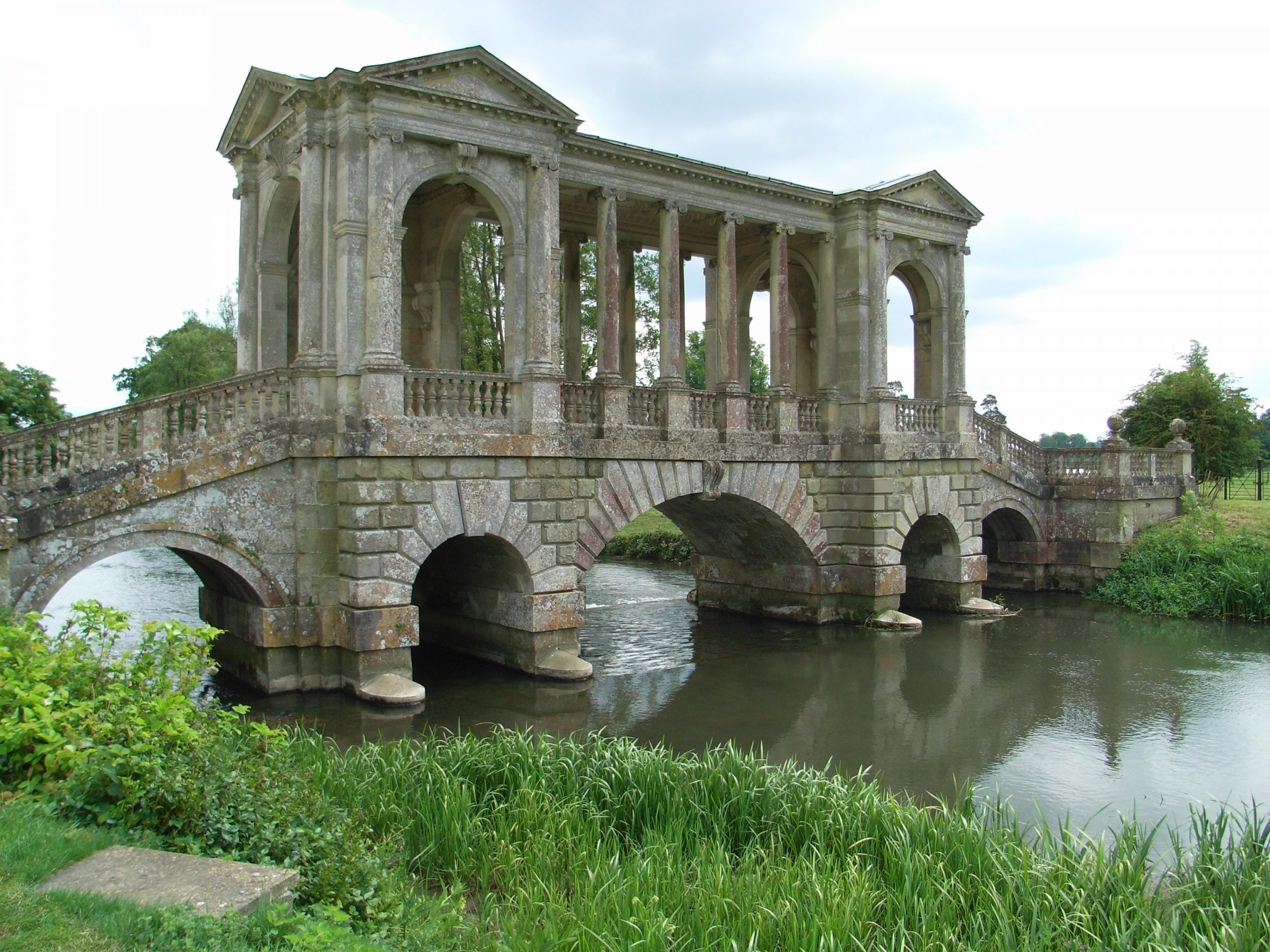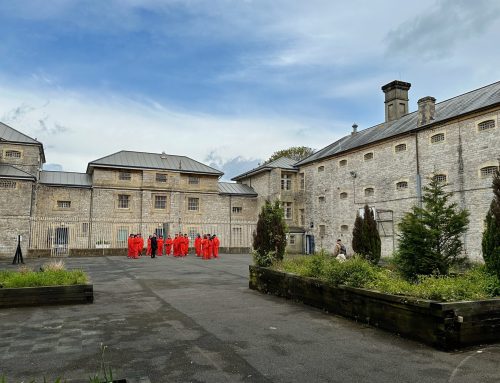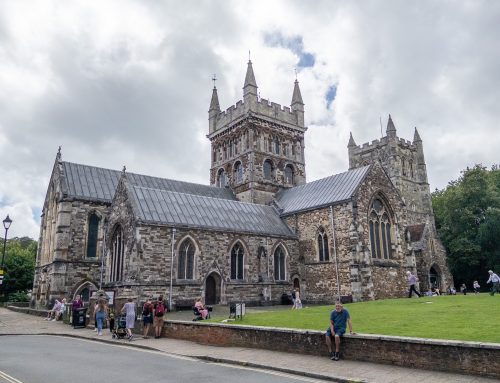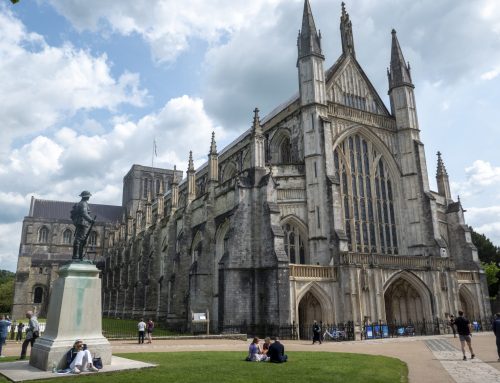Wilton House stands on the edge of the town, set amidst extensive grounds, which makes for a lovely day out. Its opening season is normally mid May until the end of August.
The Grade I listed Church of England parish church of St Mary and St Nicholas was built as a replacement for St Mary’s Church between 1841 and 1844 at the instigation of the Countess Alexina Sophia Gallot of Pembroke and her younger son Sidney Herbert. It was designed by the architect Thomas Henry Wyatt in Romanesque Revival style, with considerable Byzantine influences, and is now commonly known as the Italianate Church. For a small town, the church is enormous, representing the wealth of its benefactors.
The church has a 105 ft (32 m) campanile. Many of the materials used in the church’s construction were imported from Europe, including marble columns from Italy and 12th and 13th century stained glass from France.
Wilton has a regular market (Thursdays), a range of boutique shops and an outlet centre.

